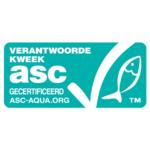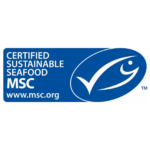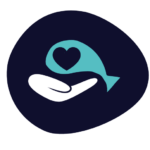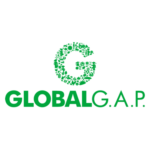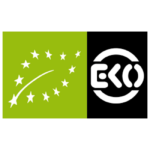Blue whiting
Atlantic Ocean, northeast (FAO 27)
Midwater otter trawl, Purse seines
- Jan
- Feb
- Mar
- Apr
- May
- Jun
- Jul
- Aug
- Sep
- Oct
- Nov
- Dec
The stockStock:
The fish of a particular species reproducing in the same area in the same period. of blue whiting is currently healthy. In the last years, the fishing pressureFishing pressure:
Fishing pressure is a result of the fishing effort/amount of fishing on a stock, which determines the fishing mortality. Fishing mortality is the share of the fish stock that dies annually as a result of fishing. on the stock has increased, which means the risk of overfishingOverfishing:
There is so much fish caught that the size of the stock has diminished so far that it can no longer produce a maximum sustainable yield. The size of the fish populations is insufficient to reproduce in the long term. may also increase.
Blue whiting is caught with midwaterMidwater otter trawls:
A fishing technique whereby conical nets are dragged through the water column and are kept open by large square 'otter planks'. otter trawls and [purse-seines]. These techniques have a relatively low bycatchBycatch:
Species caught next to species targeted for fishery. By-catches can consist of non-commercial species and species that are too small, and can be kept (this part is sometimes called by-product) or thrown back into the sea (discards). of protected or endangered species, and no negative impact on the seafloor.
There is a management strategy for the fishery on blue whiting in Norway, Faroe Islands, Iceland and in the EU. Unfortunately, no agreements have been made between these states regarding cooperative management.
Fish in season
Fish is in season when the spawning period has ended, as the quality is then at its best.
